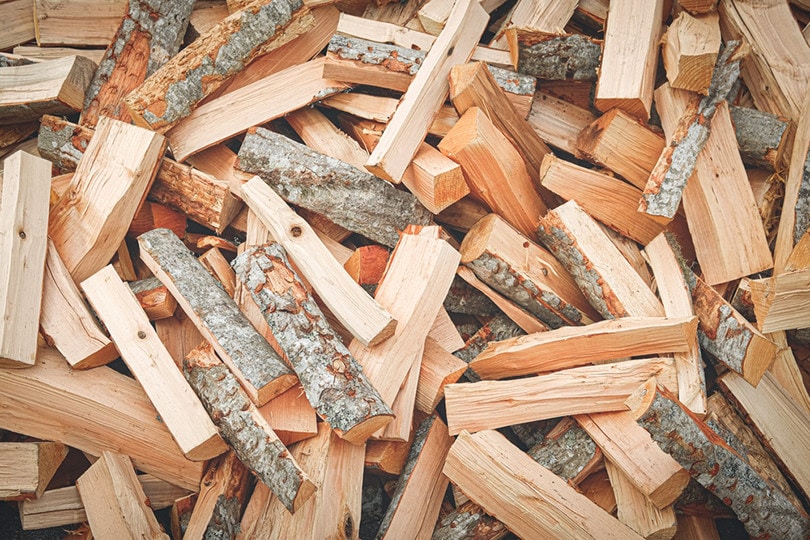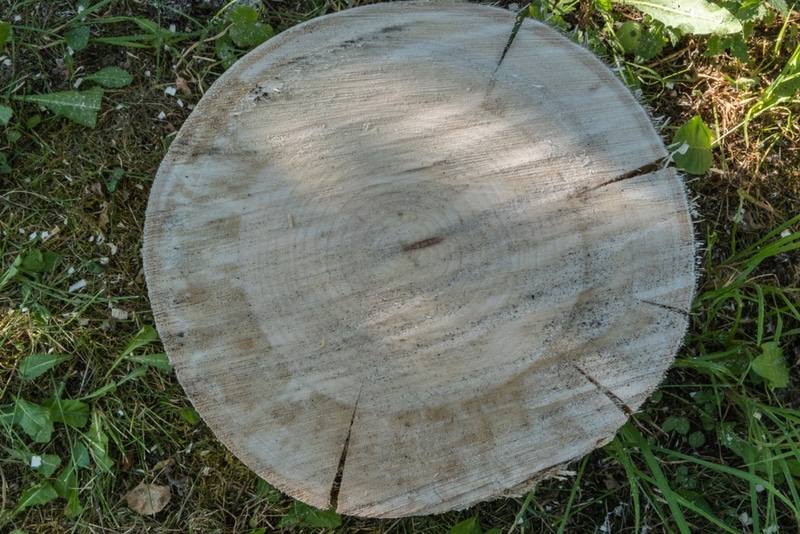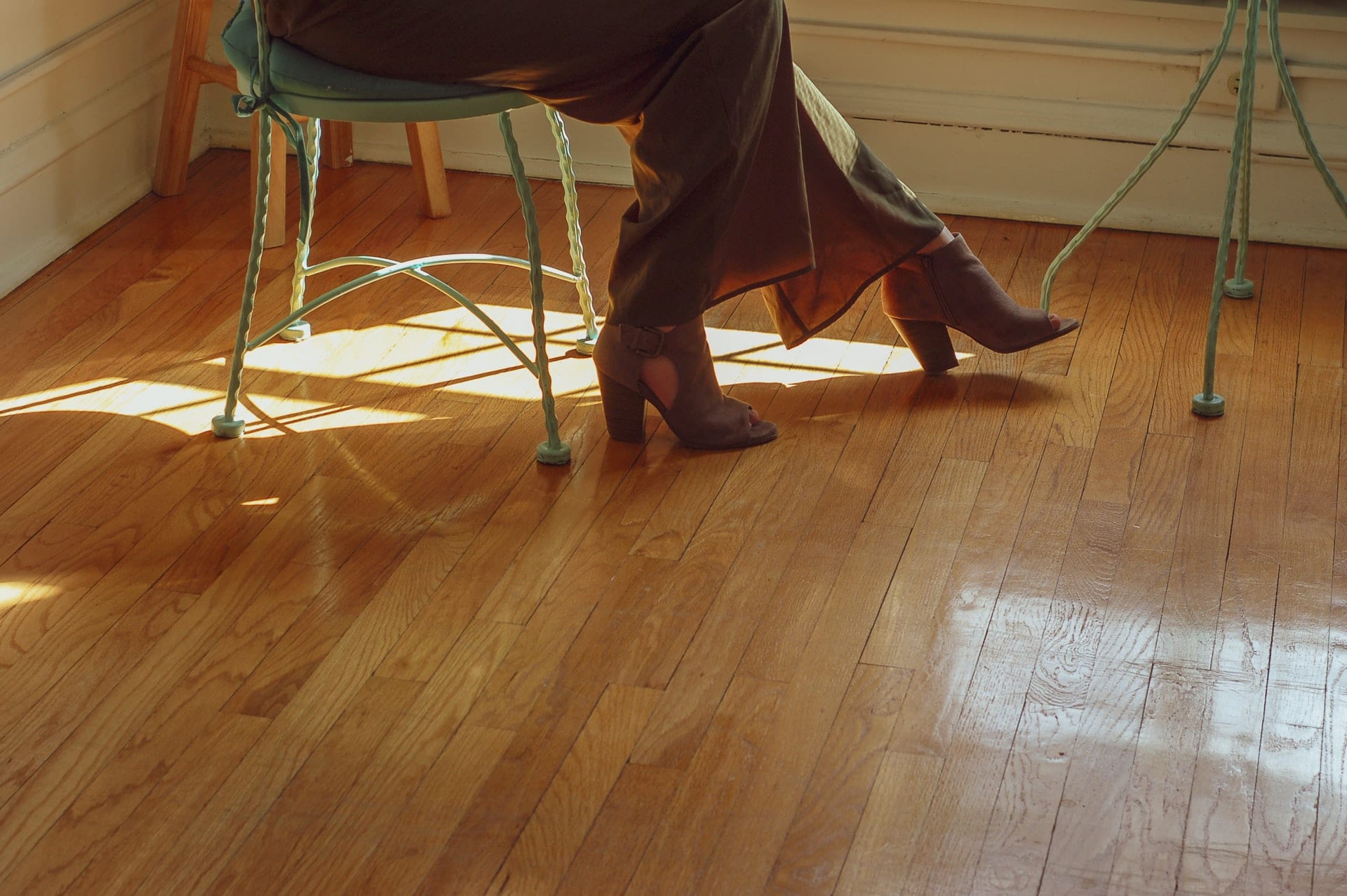Is Aspen a Hardwood? Pros, Cons & Alternatives
-
Pete Ortiz
- Last updated:

Widely cultivated and distributed across Northern America, aspen is a native tree species. It is rather diverse but mostly grows in cold climates. Is it hardwood, though? Yes, aspen is hardwood, despite its below-average hardness. And can you use it for flooring? Will it be a decent pick? Well, it depends on what you’re looking for. Aspen is stable, cheap, and flexible, yet not very durable.
So, how do you know for sure that aspen is the right choice for you? That’s exactly why we made this guide! Here, we’ll talk about the main features, what sets this wood apart from other species, and the average lifespan. We’ll also cover the best uses for it, alternatives, and more.
What is Aspen? Breaking it Down
Mostly white but also light brown, aspen is not the most popular hardwood out there. The big tooth and the quaking species are native to the US. And then there’s the Chinese and the Eurasian species. Now, by nature, it’s a hardwood, yet it’s classified as a soft hardwood because it’s much softer than you’d expect it to be. On the Janka hardness scale, it’s only rated at 420 (that’s the big tooth; quaking sits even lower with 350 pounds).
To put things into perspective, the hardness of the white oak is 1,360, while the Brazilian ebony is almost ten times as hard (3,690 pounds). Aspen is roughly in the same category as pine and the Douglas fir (yet both are softwoods). This is a lightweight, flexible, but easily bendable wood type: aspen is the lightest native hardwood in the US. So, does that mean you shouldn’t even consider it for flooring? Well, not necessarily.

Is it Reliable? What About Rot Resistance?
Aspen is highly resistant to temperature fluctuations. That means it doesn’t crown or warp easily. The wood won’t be able to handle extreme heat or cold, but aspen is still rather stable. So, if you live in an area with an unpredictable climate, this won’t be the worst pick for flooring. How is this possible when aspen isn’t very hard? It all has to do with its natural habitat.
As mentioned, aspen is native to Northern America and can withstand cold and environmental changes (to a certain degree). Rotting can be an issue, though. Also, aspen is very weak against moisture. That makes it a poor choice for bathrooms and kitchens. Treated aspen is a lot more resistant to rot, but that still won’t solve the problem.
How Long Does Aspen Last?
The short answer is not very long. While the average lifespan of hardwood floors is 8–10 years, aspen will only go on for 3–4 years. When treated with preservatives, it will serve a bit longer (5–6 years), but, again, compared to how long refinished wood lasts (30–40 years), this doesn’t look like a great investment.
How Much Does It Cost?
Aspen is one of the least expensive hardwood species available on the market. The price will depend on the size and the sickness of the planks, and on average, you should expect to pay $4–5 per board foot. This is the price for a 4-inch plank. For 8 inches, they’ll charge 50%–60% more.

Is Aspen a Wise Choice for Flooring?
One of the first things that will catch your attention will be the fine-grain patterns. In contrast to most wood types, it’s very detailed and has a very smooth, yet natural texture. So, if you want to introduce a stylish element into your house with the floor, this hardwood can certainly help you do that. Sadly, the color range isn’t that wide, and you’ll be mostly stuck with variations of brown and white.
However, while it does, indeed, look beautiful, aesthetics shouldn’t be valued above physical properties. True, treated aspen is resistant to most elements and is easy to work with, but the low hardness rating is a big con. That means it is easy to scratch (keep that in mind if you have a pet in the house) and has a modest-at-best lifespan.
Easily Penetrable, Yet Split-Resistant
When you hammer in nails or drive in screws, their heads will pierce through the wood. Make sure to get nails/screws with larger heads. As for the good news, aspen timber won’t split if you nail it near the edges. On top of that, it has decent screw detention. It finishes well, too, and looks great in different stains.
A Quick Summary
Alright, before we move on to proper measurements, talk about common uses and check out some alternatives, here’s a quick look at the advantages and disadvantages of aspen flooring.
- Relatively affordable
- Highly resistant to temperature fluctuations
- Holds paint and stains well; it is easy to refinish
- Doesn’t split when nailing/screwing
- Below-average flammability
- Flexible, easy to work with
- Aesthetically pleasing
- Not very durable or long-lasting
- Might be hard to get your hands on it
- Poor nail/screw holding capacity
- Weak against high levels of humidity
- Poor resistance against scratches and dents
- Tends to rot (unless treated/finished)

How Much Aspen Wood Do I Need for My Floor?
There’s nothing hard about this part. As with any other material, all you have to do is calculate the area that you want to cover before you make any orders. While this will take some effort, if you have a measuring tape, you’ll be done with figuring out the exact right hardwood volume for the floor in no time. First, measure the length of the room; do the same with the width.
Now just multiply these two values and you’ll get the square footage. Let’s say your room is 18 feet wide and 24 feet long. That means you’ll need 432 square feet of aspen hardwood. To play it safe, order a bit more flooring. We’re talking about an extra 10%–15% or even 20%. Why do that, though?
Counting the Installation Wastage
With hardwood, you should always consider potential defects—this is a normal thing and doesn’t mean the supplier is scamming you. In addition, there are certain standards that manufacturers follow, and they usually don’t fit the size of your floor. This is especially true if the space isn’t a perfect rectangle or square but rather has an uneven shape with lots of “ins and outs”.
Again, to avoid any confusion and frustration, always buy at least 10%–15% more hardwood than you actually need.
What are the Most Common Uses for Aspen?
Thanks to natural low flammability, aspen is widely used to make paper and even matches. In this regard, it’s one of the safest wood species on the planet. Packing/stuffing is another area that this hardwood excels at. If you’ve ever received a package with wood wool at the bottom, most likely, it’s aspen down there. Next, most types of engineered wood (like OSB or particle boards) are made using aspen strands/flakes.
Aspen hardwood is often used for saunas (the interior). When heat-treated, it is very strong against rotting and warping. Finally, you’ll see aspen in many animal bedding products. It is 100% safe for pets as it doesn’t include any harmful elements; plus, it’s good at minimizing odors. So, yes, aspen is in large demand, even though it might not be a go-to hardwood for flooring.

What are the Alternatives?
If you’re not 100% happy with aspen and want to build your floor with something else, there’s enough to pick from. First, we’ve got oak. This is the most commonly used hardwood for flooring and it comes at a reasonable price. Are you ready to invest a bit more? Then American Cherry might be a perfect choice. It’s one of the most expensive options on the market but it does compensate for that with a list of pros.
We’re talking about sky-high resistance to water, decay, and pests, not to mention the beautiful texture. And if you’re looking for the golden middle, birch can be a great alternative to aspen. It is cheap, yet durable, reliable, and easy to work with. Walnut, maple, and pine will also be worth the investment. At the end of the day, it all comes down to the thickness of your wallet and the vibe that you’re going for with the floor.
 Conclusion
Conclusion
Aspen is not the hardest or the most long-lasting hardwood out there. The average lifespan is quite short—a big turn-off for most homeowners. However, it does come with a list of pros, including stability, low flammability, and an “expensive” texture or grain. Essentially, it’s up to you to decide whether it’s a great fit for your flooring or not.
Aspen is relatively cheap and easy to work with, which is why it’s highly rated by contractors. At the same time, if you want the best hardwood coverage for the floor, you might want to look elsewhere. Aspen is flexible and beautiful, yet not very durable or resilient. It can, of course, be used for flooring, but it’s still not a match for oak or maple.
- The Most Popular Hardwood Flooring Species
- HOW MUCH HARDWOOD FLOORING DO I REALLY NEED?
- How To Measure for Hardwood Flooring or Laminate Flooring
- Wikipedia – Aspen Tree Species
- US Forrest Service – How Aspens Grow
- Naturally Wood -Trembling aspen
- Woodworking Network – Aspen
- Hardwood Flooring Product Profile: What Is Aspen?
- FED – ASPEN LUMBER FOR BUILDING PURPOSES
- The Effect of Aspen Wood Characteristics and Properties
- Is Aspen A Hardwood? (How hard is Aspen?)
- Aspen Flooring Review, Pros, and Cons
- Wood Hardness Chart – Bigger, Better, More Woods
- The Pros And Cons Of Hardwood Flooring
- Ocooch Hardwoods – Aspen Lumber
Featured Image Credit: MikeGoad, Pixabay
Contents


